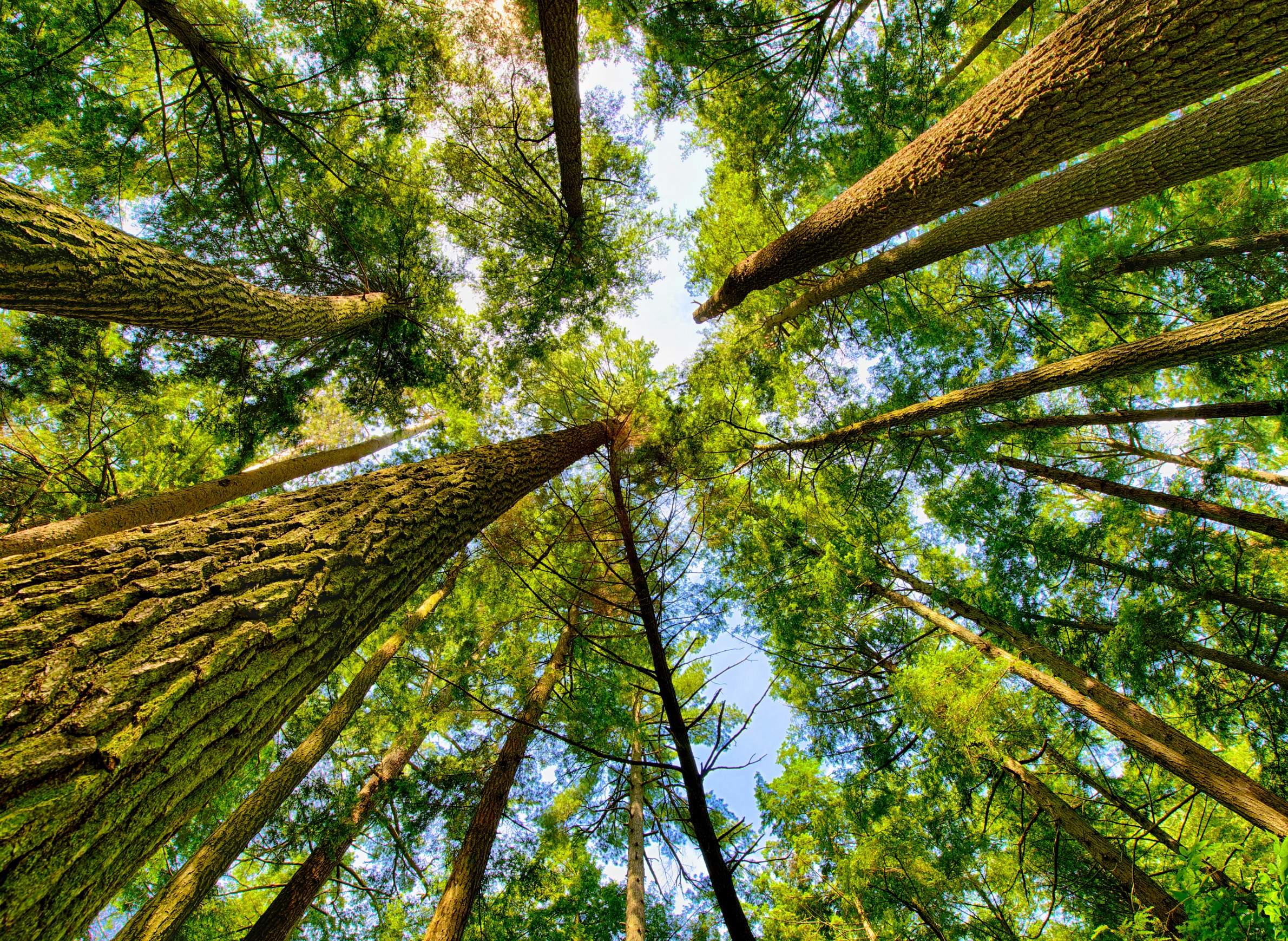
Change is always happening in a forest.

Change is always happening in a forest.
To many Wisconsinites, the state's northern forests are sturdy and vast swaths of land that resist the forces of the outside world and symbolize the state's natural inheritance. But for well over a century, human activity has removed virtually all of the fabled old-growth trees in Wisconsin and continues to shape what contemporary residents think of as the venerable old North Woods.
When glaciers last retreated from Wisconsin about ten thousand years ago, they left behind soil conditions conducive to growing different kinds of trees, which gradually spread across the state. The population and distribution of tree species in Wisconsin's forests were pretty stable from about 2,000 years ago until the 1800s, according to David Mladenoff, a professor of forest and wildlife ecology at the University of Wisconsin-Madison. It's only the last 200 years that have been really dramatic in terms of the pace of change.
In an October 8, 2015, talk in Madison presented by the Wisconsin Academy of Sciences, Arts and Letters, Mladenoff explained how and why the state's forests have changed since the Ice Age — termed the Wisconsin glaciation — and what challenges lay ahead. This talk was recorded for Wisconsin Public Television's University Place.
When it comes to the big picture, Mladenoff said, it's important to understand that change is always happening in a forest, even if people associate these landscapes with a certain permanence. He focused on how settlement and farming across the state rearranged landscapes, and how voracious logging beginning in the 1840s rapidly changed the ecology of the North Woods. As American expansion and growing Midwestern settlements like Chicago devoured the state's pines for lumber, northern Wisconsin became hospitable to different varieties of trees and animals.
For his talk, Mladenoff used data from surveys of the state's forests to create detailed maps and visualizations depicting how the species balance was altered, and how factors like the sizes of trees changed as well. He also got into some of the finer points of the different ecosystems at work in forests around Wisconsin, the mechanisms by which human activity has changed them, and looked ahead to the ways in which climate change might change the forest's balance of species yet again.
Key facts
Key quotes